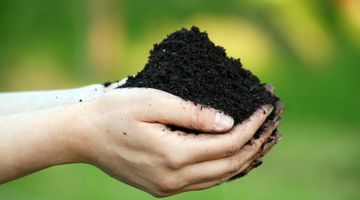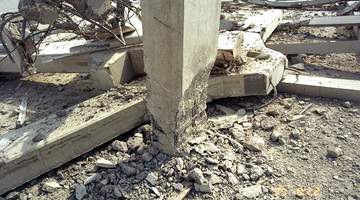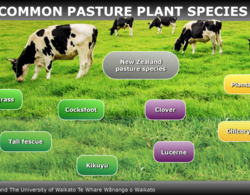

These science resources – written specifically for the junior school (level 1 and 2) develop science ideas about water; melting and freezing; solids, liquids and gases; bubbles; earthquakes ...
READ MORE

Soil – it’s much more than dirt. Soil keeps us alive. Without soil, we would be hungry, thirsty, naked, homeless and breathless. Soils differ from location to location and are a range of colours ...
READ MORE

About 14,000 earthquakes are recorded in and around Aotearoa New Zealand every year. Canterbury’s 7.1 and Kaikōura's 7.8 magnitude earthquakes and subsequent aftershocks show the constant threat ...
READ MORE

In this activity, students find the moisture content of a soil sample and compare it to soil samples from different locations around the school. You can record your data and share it on a soil ...
READ MORE
DairyNZ experts tell us what plants are typically in pastures, why they are important and why pasture management is key to good production. Questions for discussion: What does Elena mean when she ...
READ MORE
Dr Ross Monaghan from AgResearch at Invermay in Otago explains the importance of phosphorus and then talks us through phosphorus cycle. Jargon alert Ross mentions that phosphorous is adsorbed to ...
READ MORE
Dr Ross Monaghan from AgResearch at Invermay in Otago talks about fertilisers – what they are and why they are used on farms. Point of interest: Ross talks about using a nutrient budget for ...
READ MORE

New Zealand dairy farming is pastured-based. Discover a few of the commonly used plant species.
READ MORE

An interactive showing the main components of the terrestrial nitrogen cycle. Select one of the buttons to find out more. Go here to view the full transcript and copyright information.
READ MORE

Explore this interactive diagram to learn more about the global carbon cycle. Click on the labels for more information. Select here to view the full transcript and copyright information.
READ MORE